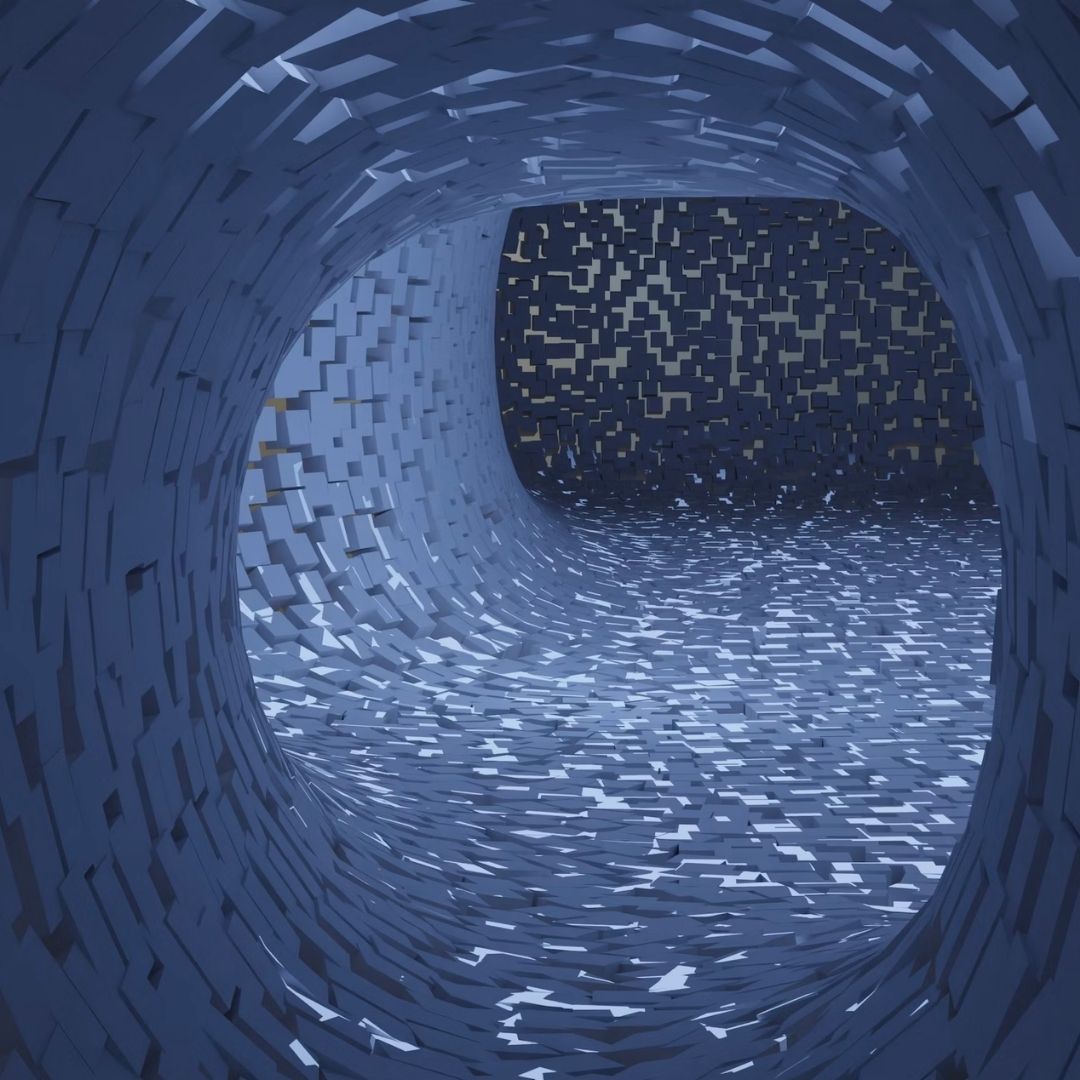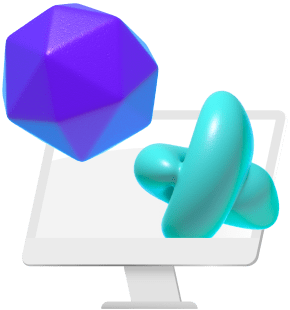Keyframe animation vs Motion capture are two pivotal techniques in today’s animation industry. Keyframe animation works by defining crucial frames to guide the animation, offering precise control. Motion capture, on the other hand, records real-world movements for realistic digital animations. Before we go further, take a look at how animations began.
Animation dates as far back as the early 1900s, with hand-drawn, frame-by-frame animations. Studios like Disney produced feature-length classics such as Snow White and the Seven Dwarfs. After a while, television studios began producing animated content for the small screen. Then, we saw the advent of CGI, leading to Pixar’s Toy Story. The 2000s saw a surge in 3D animation. Here, visually stunning films like Shrek came from studios like DreamWorks.
The Keyframing technique became popular in manipulating 3D models, and today, keyframe animation is one of the most used animation techniques. Oftentimes, both methods are combined, where keyframing works for creative control and motion capture works for realism. In this article, we will look closely at both techniques to discover which works best for you.
Understanding Keyframe Animation
To understand the concept of a keyframe animation, we must first understand a keyframe. A keyframe is an anchor point or a marker that shows your editing software when an animation starts and ends. It marks the beginning or end of an object’s transition.
The Basics of Keyframe Animation
A keyframe animation is a shift between two keyframes. Animators use keyframe animation to precisely control the motion, timing, and expression of characters or objects in traditional and digital animation. The shift could be a different property setting like a change in magnification or scale, image rotation, a change to the framing, a change in the color of the image, audio change or fading in or fading out. The goal is to trigger a transition that will take place over a certain set of times within your video.
When animation was still hand-drawn, keyframes served as a guide for animators and filmmakers. The animator draws the frames in between to create the illusion of motion. During the transition into digital animation, keyframe animation remained a cornerstone technique. In 3D animation, the software can calculate the in-between frames, creating a fluid animation. Keyframe animation also helps to make adjustments throughout the animation process.
Advantages of Keyframe Animation
The main advantage of the different keyframe animation software is that each offers a huge range of animation options on an advanced level and in a reasonably short time. Specifically, here are a few advantages of the keyframe technique.
- Creative Control: Keyframe animation allows you to control your work artistically. You get to create unique movements tailored to the specific needs of your project.
- Efficiency: This technique saves time. Animators only need to define keyframes and let the software generate the frames in between.
- Flexibility: Animators can easily adjust the timing, spacing, and interpolation of keyframes. Also, you can control the pacing of the animation by syncing keyframes with the speed and rhythm of movements to enhance storytelling.
- Complex Movements: Keyframe animation is suitable for animating complex movements, like having a character perform intricate actions or camera movements with dynamic shots.
When to Use Keyframe Animation
Keyframe animation is particularly common in game development when expressing abstract movements that may not follow conventional physics.
In filmmaking, you can use keyframe animation to animate creatures that have movements different from realistic human or animal movements. This is common in fantasy and science fiction genres.
Also, when animating mechanical objects, robots, or non-organic entities, keyframe animation allows precise control over their movements. This ensures they move in a way that suits their artificial nature.
Demystifying Motion Capture
A similar technique to keyframe animation is motion capture. It is a technique widely employed in animation, film, video games, sports analysis, and biomechanics research. In this section, you will get to know more about Motion capture.
What is Motion Capture?
Motion capture, also known as mocap, is a technology that records and captures movements in the real world using sensors and cameras and later translates them into a digital format.
Motion capture helps you save time and resources, as you need not create each frame from scratch. With mocap, you can create hyper-realistic animation foundations that their creators can utilize.
Mocap uses three basic technologies; markers or sensors, cameras, and data processing software. Behind the scenes, mocap begins with the preparation of actors. The actor wears a suit covered in reflective dots called sensors. Afterward, the system undergoes calibration to establish a frame of reference for the high-speed cameras.
Next, the actors perform the desired movements within a capture area, and the cameras record the movements in real time. The captured movement is translated by specialized software into a 3D animated skeleton. Finally, the captured motion data is integrated into a virtual environment, after which animators can use the new realistic movements in a digital context. This process enables the translation of real-world movements into lifelike digital animations.
Pros and Cons of Motion Capture
Mocap is known for its hyper-realism abilities. What are the other advantages or disadvantages of using this technique?
Pros
- Realism: Motion capture excels at making hyper-realistic movements which is why game developers and filmmakers opt for it.
- Efficiency: It allows for the quick and efficient creation of animations. Also, it accurately reproduces the recorded performance, reducing the risk of inconsistencies that may occur with other techniques.
- Natural Expressions: Mocap is good at capturing natural facial expressions and body language. This further enhances the overall authenticity of animated characters.
Cons
- Technical Complexity: Mocap is not for newcomers. If you want to utilize mocap, you need persons with the technical know-how and expertise. Finding experts can add to the cost of production.
- Marker Interference: Inaccuracies may occur if markers are obstructed during the capture session.
Motion Capture in Today’s Creative Industries
The most popular application of mocap is in the animated film Avatar. James Cameron utilized motion capture in Avatar to bring the alien characters, particularly the Na’vi, to life with realistic and expressive movements. Motion capture is widely used in the film and animation industry to create realistic character movements. It was also used in the Lord of the Rings trilogy, where motion capture brought Gollum to life.
Motion capture plays a crucial role in creating lifelike character animations in video games. The popular video game “Fortnite” uses mocap to create dynamic character animations, enhancing the overall gaming experience. Others like Red Dead Redemption 2 and The Last of Us have characters created using mocap.
Mocap also finds its use in Virtual Reality (VR) and Augmented Reality (AR). It enhances user immersion by replicating real-world movements. You can see these in VR games, simulations, and training programs.
Comparing Keyframe Animation and Motion Capture
Now we compare keyframe animation and mocap. This comparison looks into the strengths, limitations, and ideal applications of these animation techniques, showcasing their diverse functions in the creative landscape.
Technical Comparison
Regarding technical complexity, keyframe animation is less complex than mocap. Keyframe animation requires less equipment and setup procedure. Mocap involves a more complex setup, including calibration and specialized gear.
With keyframe animation, animators manually create and manipulate keyframes, adjusting timing, spacing, and poses. Mocap involves real-time recording of movements with subsequent data processing using motion capture software.
Cost and Accessibility
Keyframe Animation is generally more cost-effective for small to medium-sized projects. You only need widely available standard animation tools. The cost for mocap is higher due to specialized equipment and a dedicated space for setup. Mocap is less accessible to individuals or smaller studios than Keyframe Animation due to lower upfront costs and minimal equipment requirements.
When considering which to choose, consider the following:
- Project Scope: Keyframe animations are best for smaller projects.
- Realism Requirement: If a project demands high realism and natural movements, especially for characters, motion capture might justify its higher costs.
- Cost: Mocap is more expensive. However, you can explore cloud computing solutions like Vagon for cost-effective access to powerful computing resources. With Vagon, you do not need extensive local infrastructure.
Industry Trends and Future Outlook
Currently, Keyframe animation is bringing back 2D animation resurgence. This is due to the popularity of streaming platforms and a demand for diverse animation styles. Most studios are combining keyframe animation with other technologies to enhance efficiency and creativity.
With mocap, there is a rising prominence in real-time visualization for filmmaking. Mocap is being integrated into video games and AI technology for natural character interactions. In the future, we expect an integration of both techniques. 3D artists and filmmakers may witness a growing integration of keyframe animation and motion capture.
Examples and Case Studies
In this section, we will consider several notable companies which have used these two techniques.
Iconic Uses of Motion Capture
Earlier, we mentioned the use of mocap in Avatar and Lord of the Rings. Mocap was also used by Jon Favreau in the 2016 movie, The Jungle Book. Favreau utilized motion capture extensively to animate the animal characters in the movie.
Also in the 2013 movie, The Last of Us, Naughty Dog employed motion capture to enhance character animations and emotional depth. The performances of the actors, combined with motion capture technology, contributed to the game’s immersive storytelling.
Keyframe Animation Success Stories
Pixar Animation Studio is a frequent user of keyframe animation. They used this technique in Toy Story trilogy animation to bring toys like Woody and Buzz Lightyear to life. Also, the 2017 movie Coco showcased the studio’s mastery of keyframe animation in bringing the vibrant Land of the Dead to life. Team Cherry developed an indie game success story, Hollow Knight in 2017. The movie features beautifully crafted hand-drawn keyframe animations.
Blending Techniques for Innovative Results
Blending technique is not just in the future, it is happening now. The 2018 Spider-Man: Into the Spider-Verse blends traditional keyframe animation with innovative CGI techniques. The result was a visually groundbreaking and stylistically inventive movie that earned critical acclaim and won the Academy Award for Best Animated Feature.
The Disney+ series, The Mandalorian uses real-time motion capture and Unreal Engine technology to create immersive, virtual environments. These projects show how much you can achieve by seamlessly blending different animation techniques.
Conclusion
We can see now that keyframe animation and motion capture have distinct approaches with unique strengths. While the keyframe technique is celebrated for its flexibility and suitability, motion capture is renowned for its realism and natural gestures. While motion capture excels in efficiency for realistic human or creature movements, it may lack the creative flair you can get through keyframe animation.
The choice between these techniques depends on your project’s requirements. Your project will guide your consideration, including budget, genre, style, timeline, platform, and medium. If you are working as a personal creator on a smaller project, keyframe animation is more feasible. And if it is a larger project, mocap can cover all your project needs.
There Is an evolution of animation that involves the integration of these approaches. You can combine keyframe animation and mocap to achieve a balance between cost, quality, and flexibility. As studios and individuals navigate considerations like project scope and realism requirements, cloud computing solutions like Vagon emerge as valuable resources, offering accessibility to powerful computing without financial barriers. Reach out to Vagon today to enhance your animation workflow.




